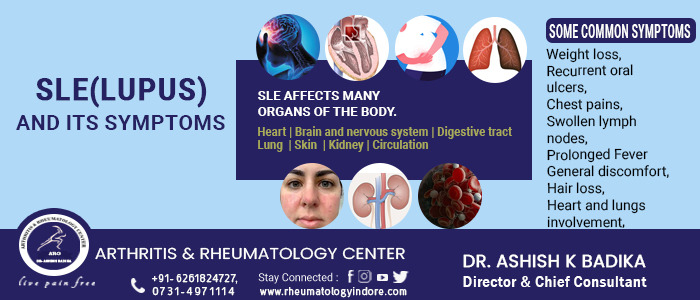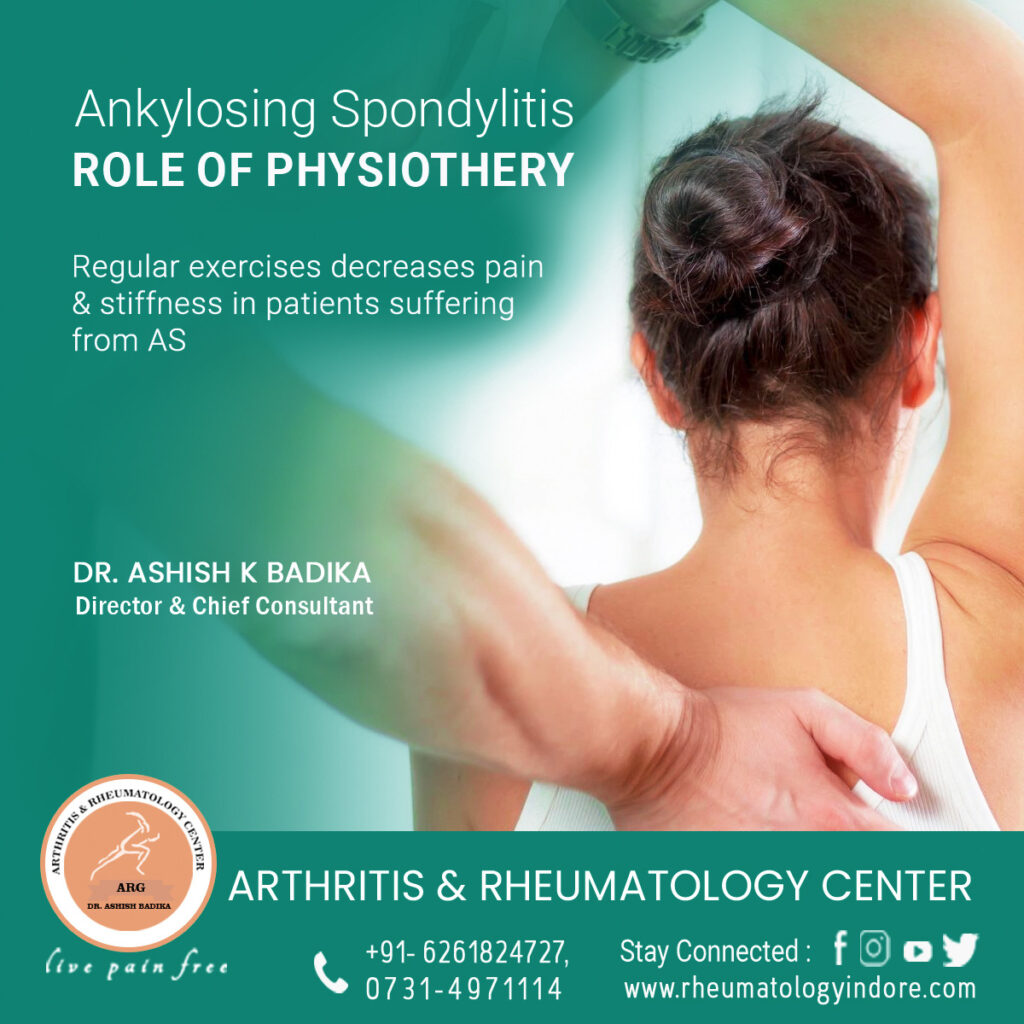Lupus produces different symptoms in different individuals. For this reason, it is hard for a physician to make the diagnosis at the first visit. Sometimes doctors say the patient has Lupus but the symptoms present are not enough to confirm it. So they have to track patients’ symptoms and conduct lab tests over time.
For this patients may be asked for regular visits. Although not all symptoms qualify Lupus, certain lab tests can be done to narrow down the diagnosis.
ANA(Antinuclear Antibody)– ANA is present in almost everyone with Lupus so it is used by doctors as a screening tool. Once results arrive, further tests are done.
Anti-dsDNA– 70% of the people with Lupus have positive results. This test is specifically for Lupus so a positive test confirms the diagnosis. The presence of anti-dsDNA indicates a higher risk of lupus nephritis(kidney).
Serum Complements C3 and C4

Others test Complete blood counts, liver function tests, kidney function tests, urine routine & 24hr urine protein.
Antiphospholipid Antibodies–
It is present in 40% of people with Lupus. A positive test helps to identify certain risks in women like miscarriage, blood clots, and preterm birth. It’s always better to have a timely diagnosis of lupus so treatment can be started at the earliest.
Dr. Ashish K Badika has 3 years of advanced training in Rheumatology and Clinical Immunology including 2 years Post Doctoral.
He has extensive exposure to Systemic Autoimmune Disorder (Rheumatoid arthritis, Psoriatic arthritis, Seronegative spondyloarthritis, Systemic lupus erythematosus, Scleroderma, Gout, Myositis, Sjogren’s Syndrome, Vasculitic conditions, and Paediatric rheumatology disorders).









